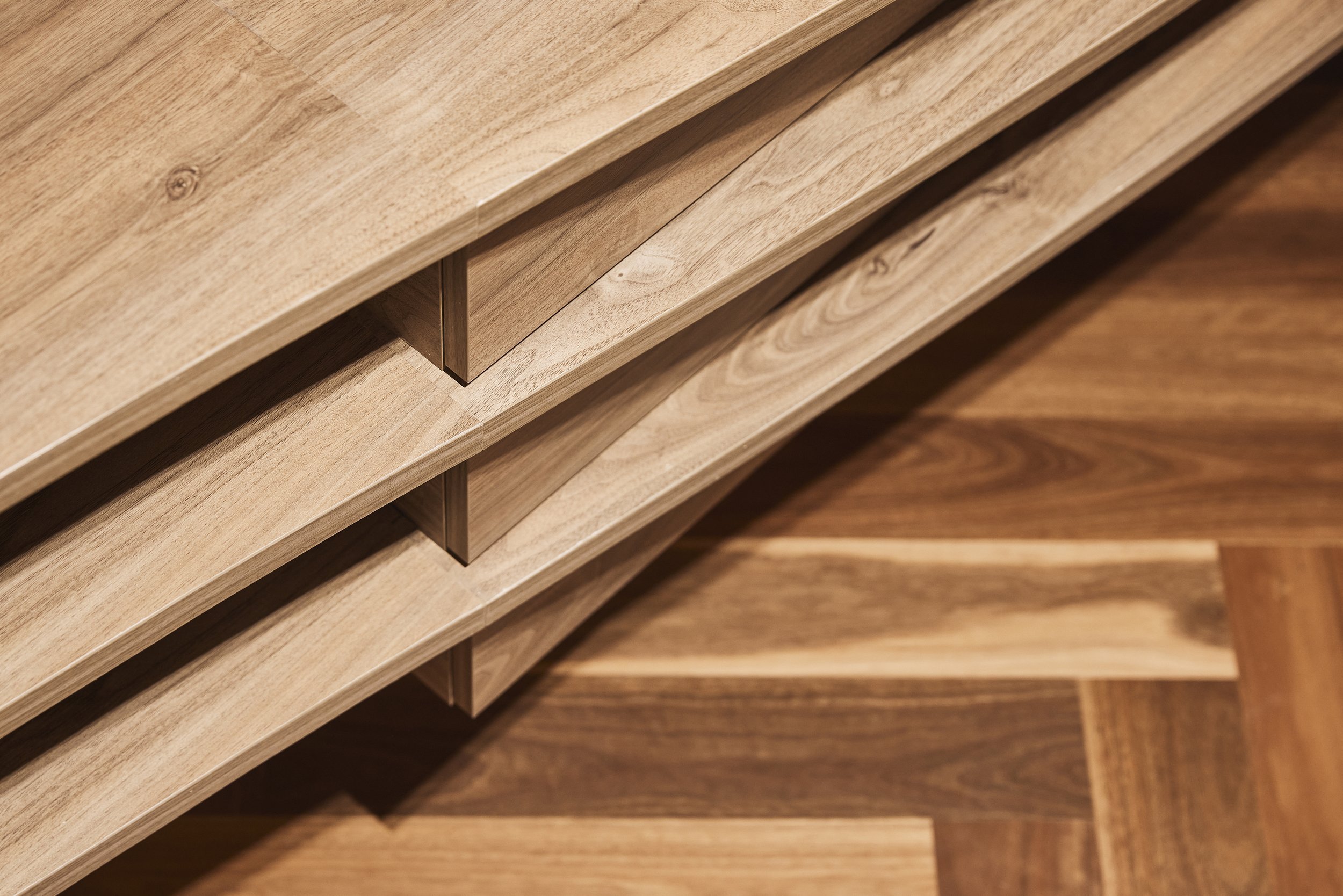Balancing Elements: A Guide to Symmetry and Asymmetry in Interior Design
In the world of interior design, achieving balance is paramount. It's the cornerstone upon which harmonious spaces are built, and two key approaches to balance are symmetry and asymmetry. These principles play a pivotal role in determining the visual appeal and functionality of a room. Understanding how to wield them effectively can transform any space into a stunning and cohesive environment. Professional interior designers Sydney explain more:
Symmetry: The Elegance of Equilibrium
Symmetry is perhaps the most classical approach to achieving balance in interior design. It involves mirroring elements on either side of a central axis, creating a sense of order, stability, and elegance. Think of perfectly aligned furniture, matching decor, and evenly distributed patterns.
One of the greatest advantages of symmetry is its ability to impart a sense of grandeur and formality to a space. It's commonly employed in traditional and neoclassical interiors, where precision and balance reign supreme. Picture a symmetrical living room with identical sofas flanking a central coffee table, or a bedroom with matching nightstands and lamps on either side of the bed.
Cafe interior designers clarify that symmetry doesn't necessarily mean rigid uniformity. There's room for creativity within this framework, allowing for subtle variations and personal touches. For instance, while the overall layout may be symmetrical, individual elements can differ in colour, texture, or shape, adding depth and visual interest without compromising balance.
Asymmetry: Embracing the Beauty of Imperfection
In contrast to symmetry, asymmetry celebrates diversity and spontaneity. It involves arranging elements in a way that is visually balanced but not necessarily identical on both sides of a central axis. Asymmetrical design can feel dynamic, organic, and effortlessly chic.
According to commercial interior designers Sydney, one of the key advantages of asymmetry is its ability to inject personality and character into a space. It encourages creativity and individuality, allowing for unexpected pairings and eclectic compositions. Imagine a living room with a single oversized artwork offset by a cluster of smaller pieces, or a dining area with mismatched chairs surrounding a rustic farmhouse table.
Asymmetry is particularly well-suited to contemporary and eclectic interiors, where mixing styles, textures, and colours is celebrated rather than frowned upon. It fosters a sense of movement and fluidity, guiding the eye around the room and inviting exploration.
Finding the Right Balance
While symmetry and asymmetry may seem like polar opposites, the key to successful interior design lies in finding the right balance between the two. In many cases, a harmonious blend of both approaches yields the most visually engaging and inviting spaces.
For instance, you might anchor a room with symmetrical furniture arrangements while introducing asymmetrical elements through artwork, accessories, or lighting fixtures. Alternatively, you could start with an asymmetrical base and add symmetrical accents to provide structure and cohesion.
It's important to remember that achieving balance doesn't necessarily mean achieving perfect symmetry. Sometimes, a carefully curated asymmetrical composition can be just as visually pleasing, if not more so, than its symmetrical counterpart. The key is to maintain equilibrium and visual interest while ensuring that the overall design feels cohesive and intentional.
Tips for Incorporating Symmetry and Asymmetry
Here are a few tips from office interior designers listed below:
1. Define Your Focal Point: Whether it's a fireplace, a piece of artwork, or a stunning view, identify the focal point of your space and use symmetry or asymmetry to enhance its prominence.
2. Mix and Match: Don't be afraid to mix different styles, textures, and colours to create a layered and dynamic look. Experiment with contrasting elements to add depth and personality to your design.
3. Consider Scale and Proportion: Pay attention to the scale and proportion of your furniture and decor items. Aim for a balanced distribution of visual weight to prevent any one element from overpowering the rest.
4. Use Symmetry to Create Visual Anchors: Symmetrical arrangements can help establish a sense of order and structure within a space. Use them to define functional areas or to create visual anchors that guide the eye.
5. Embrace Asymmetry for a Contemporary Twist: Asymmetrical design can add a touch of modernity and eclecticism to your interiors. Experiment with asymmetrical furniture arrangements, asymmetrical artwork groupings, or asymmetrical lighting fixtures to infuse your space with personality.
Conclusion
Symmetry and asymmetry are powerful tools in the arsenal of any interior designer. Whether you prefer the timeless elegance of symmetrical arrangements or the dynamic allure of asymmetrical compositions, understanding how to balance elements effectively is essential for creating visually stunning and harmonious spaces. By embracing both approaches and finding the perfect equilibrium between them, you can transform any room into a masterpiece of design. Look for “interior designers near me” online and collaborate with an expert interior designer for the best results


